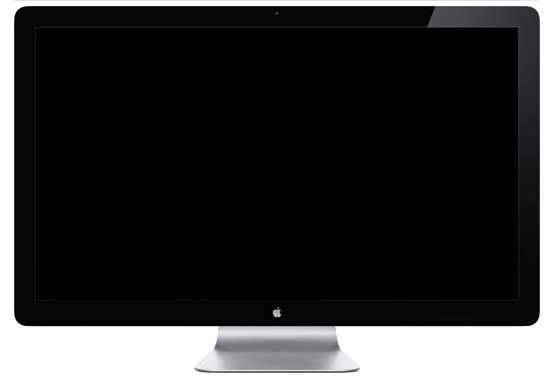Daca asteptati un televizor produs de catre compania Apple, atunci s-ar putea sa aveti mult de asteptat deoarece vicepresedintele Eddy Cue a reiterat, intr-un interviu, faptul ca Apple nu intra pe piete in care nu poate face orice doreste. O asemenea piata este cea a televizoarelor in care principalele impedimente sunt UI-urile proaste si obligativitate de a cumpara abonamente TV cu continut de care nu avem nevoie. Cue spune ca Apple ar putea “revolutiona” UI-ul televizoarelor, insa daca nu poate oferi utilizatorilor continutul pe care ei il vor, atunci solutia ar fi incompleta si inoportuna pentru Apple.
Relative to the television market, Eddy Cue, Apple SVP of Internet Software and Services, reiterated the company’s mantra that it will enter markets where it feels it can create great customer experiences and address key problems. The key problems in the television market are the poor quality of the user interface and the forced bundling of pay TV content, in our view. While Apple could almost certainly create a better user interface, Mr. Cue’s commentary suggested that this would be an incomplete solution from Apple’s perspective unless it could deliver content in a way that is different from the current multichannel pay TV model.
Foarte multi analisti au spus ca Apple va lansa un televizor pana la sfarsitul acestui an sau la inceputul anului viitor, insa deocamdat acei din Cupertino neaga aceste zvonuri si au avut dreptate. S-a spus ca Apple va prezenta un televizor la WWDC, acest lucru nu s-a intamplat si pana la sfarsitul anului sansele de a vedea un asemenea produs sunt destul de mici.
Unfortunately for Apple and for consumers, acquiring rights for traditional broadcast and cable network content outside of the current bundled model is virtually impossible because the content is owned by a relatively small group of companies that have little interest in alternative models for their most valuable content. The differences in regional broadcast content and the lack of scale internationally also create significant hurdles that do not seem possible to cross at this point.































